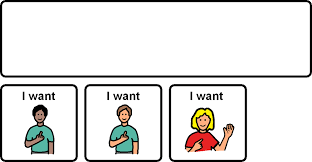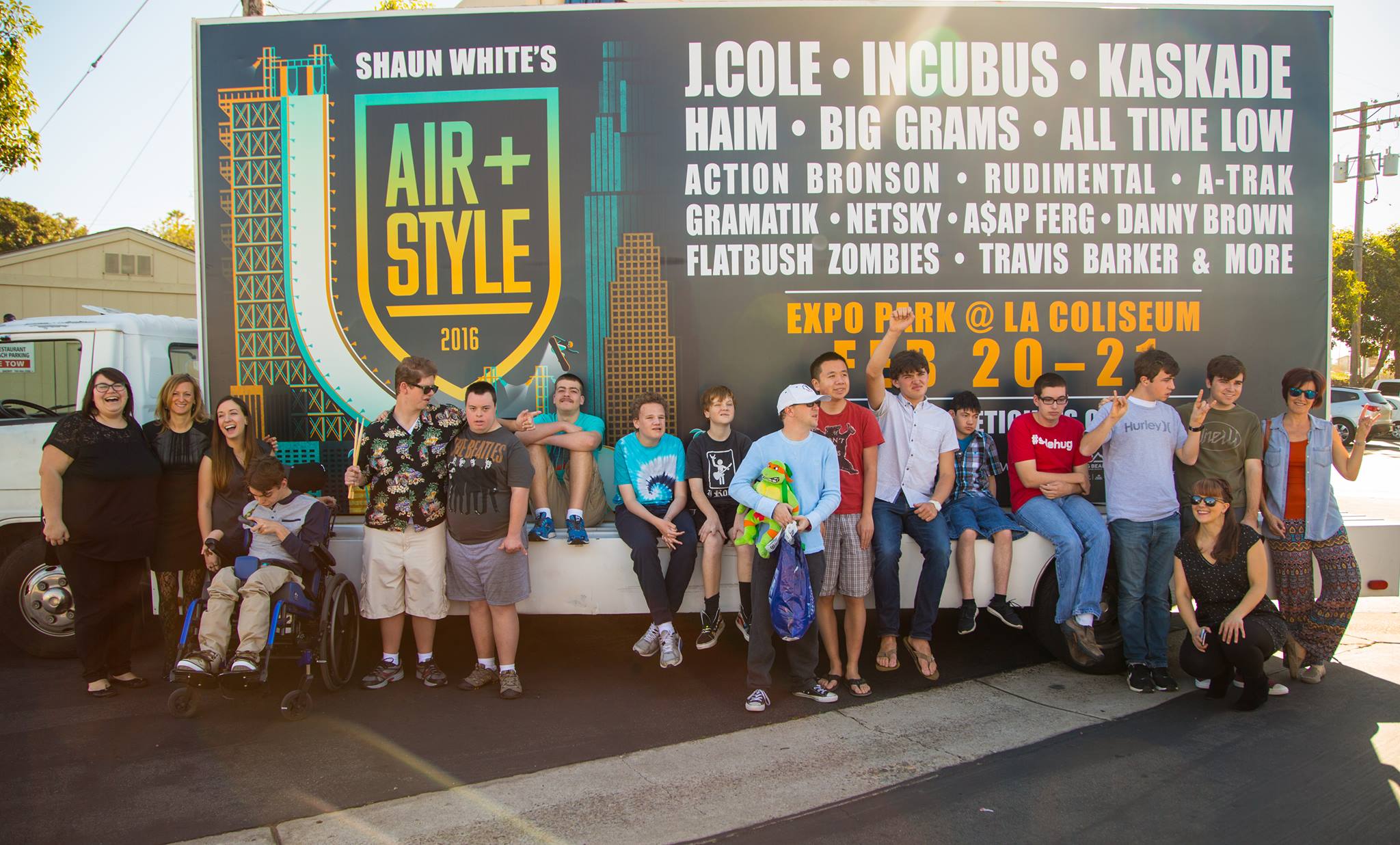We are all songwriters!
Before starting my internship, most of the songwriting I had done with clients was in mental health populations – mostly adolescent and adult drug and alcohol rehab and clients with eating disorders. It got very heavy at times, but was often extremely therapeutic and cathartic for many clients. I believe this shaped my view of songwriting as something narrow and used primarily for deep, personal issues within therapy. That being said, over the past 3 months I’ve come to view songwriting as an amazing expressive outlet for many young children with developmental disabilities. Even simple song re-writing exercises (like “All you need is love” for Valentines Day) provide an opportunity for the client to make choices (MEFT – Musical Executive Functioning Training), exercising their executive functioning skills.
What I’ve come to observe, is that many clients with disabilities have the majority of things done for them by parents and caretakers. When they are given a choice between two activities/songs/etc. they will choose, but when left with an open ended question like “What should we write a song about?” they often have a blank expression on their face and no idea where to start without being given suggestions of different ideas. But once you help them get the ball rolling, they are full of ideas, imagination, and creativity and the end product is amazing! For some clients, re-writing the words to a favorite song of theirs is the best bet because they have a clear idea of where the song is going and already enjoy how it sounds. Other clients have the ability to help write (or independently write!) a chord progression/melody, and this is where you can challenge them to exercise their creativity. Below is a helpful chart of chords to use in a variety of keys that can quickly spice up any songwriting session!
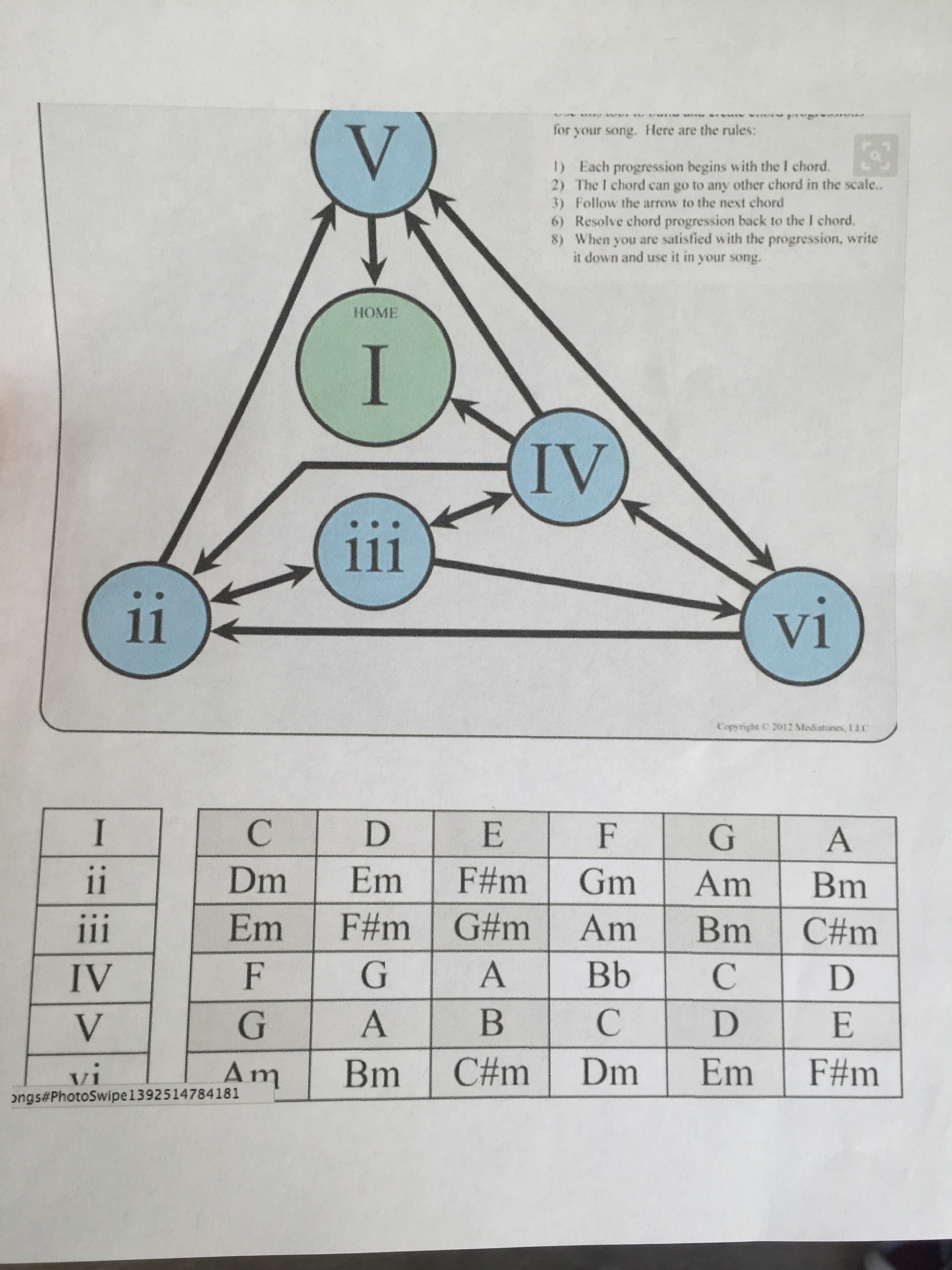
When writing songs with your clients, remember that every answer is valid! As long as what the client suggests is appropriate and relevant, there is no better answer as to what to put in the lyrics than what they give you. After all, it’s their creation and masterpiece and should have their unique personality written all over it. If you can, think ahead about the wording of prompting questions you might ask your client in order to generate ideas. It’s also helpful to think about the goal of the exercise – for example, is your client’s primarily reason for songwriting to express themselves or to practice decision making or leadership skills? Determine what questions you will ask and how you will go about the process with their particular goal in mind. If they are practicing leadership skills, let them lead you through the process and if they are struggling, challenge them to find a way to figure it out instead of offering a solution to them. If their goal is self-expression, validate every answer they give you and do your best to reflect the sentiment of their words in the music you create. It’s also always a fun idea to record your completed songs and give your client choices of what instruments to incorporate and how they’d like the finished product to sound.
I trust that the joy in your clients face when you play back the final version and they hear themselves singing and making music will be enough to fuel many more rewarding songwriting experiences in your sessions!
-Marissa
